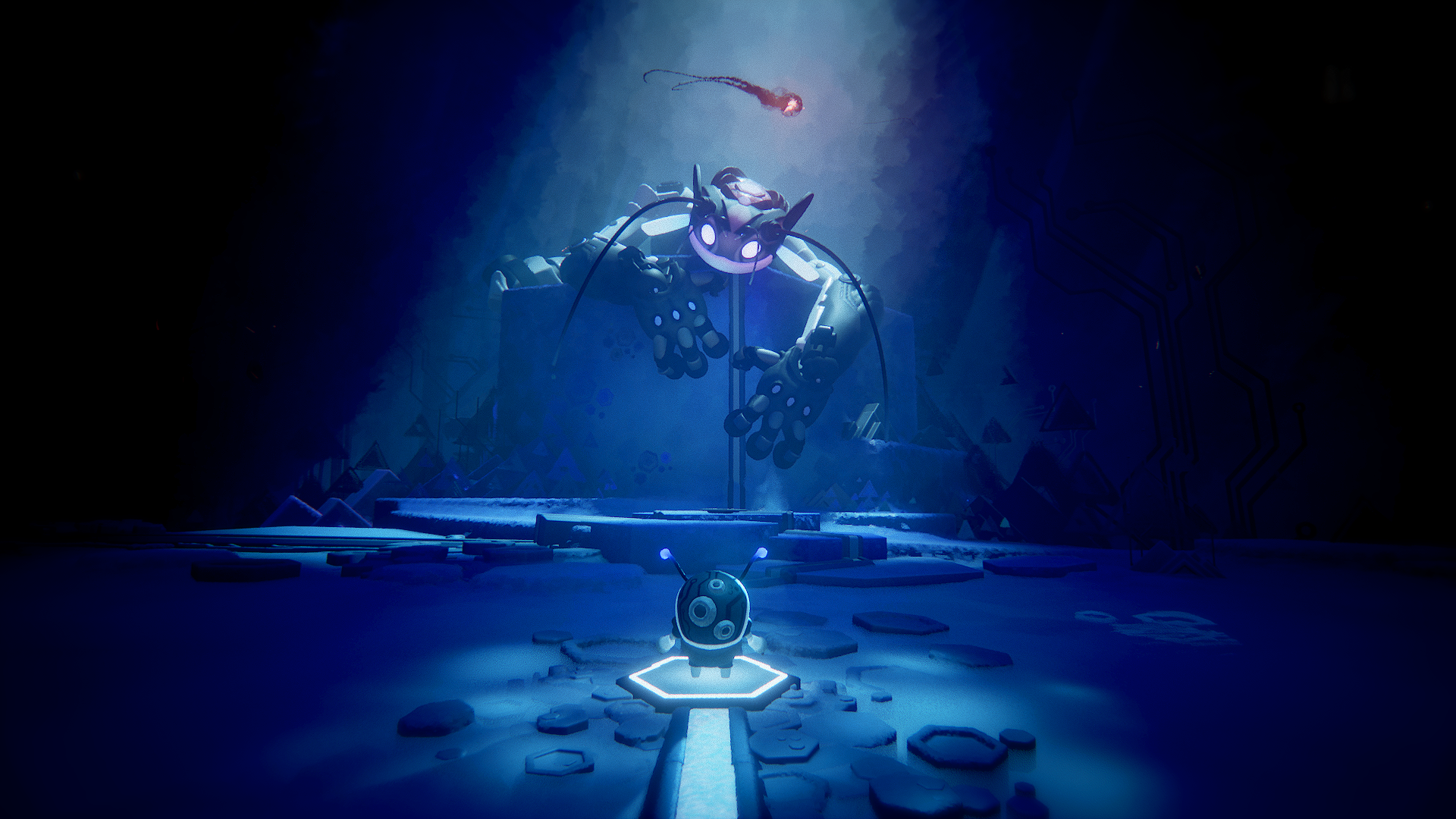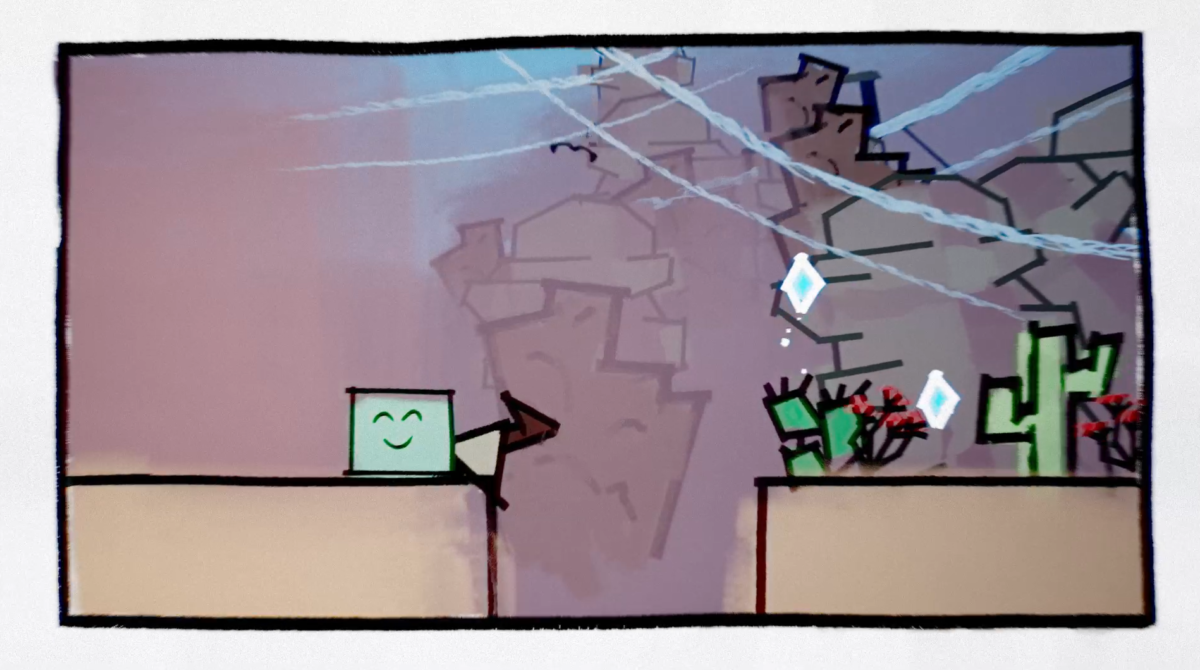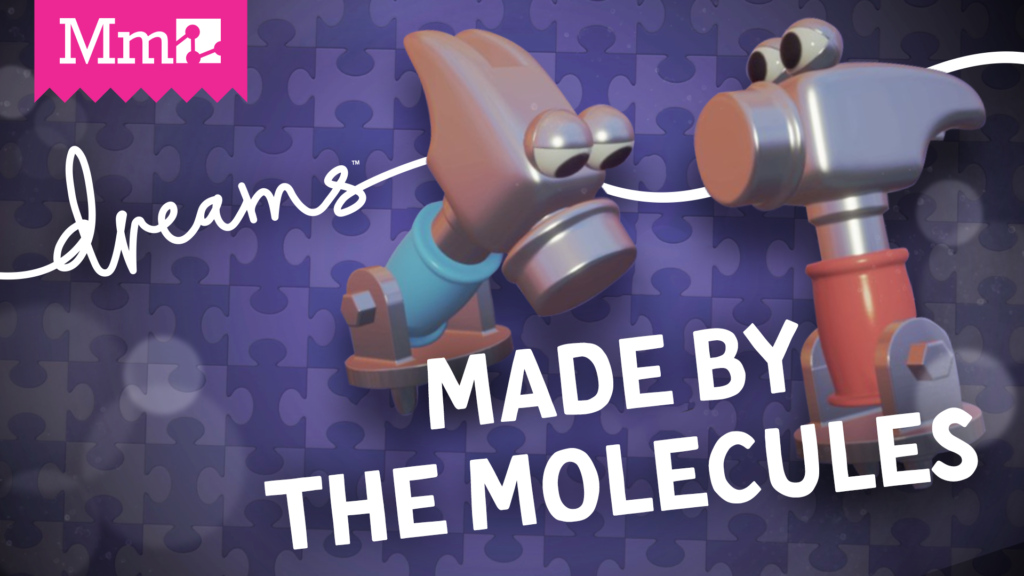Dreams hands on: Media Molecule's most powerful creation kit yet
Just like it’s hard to express the deep meanings of last night’s cheese dreams, it feels like Media Molecule has had a tough time fully communicating Dreams.
It has the imaginative creation kit of Little Big Planet, but a much deeper version of it. There’s a bit of the 3D platforming from Tearaway, but it’s not a focus. From the hands-on demo available on the show floor at EGX this past weekend though, Dreams looks to be an amalgamation of everything Media Molecule has done up to now, iterating on the developer’s best ideas and wrapping them up into one enormously ambitious package.
Of the eight tasters on show, a few were short punchlines that only lasted a couple of minutes. But each one had its own charm, and expertly showcased why Dreams has the potential to be Media Molecule’s most powerful creation kit yet.
All of the demos were made by Media Molecule staff using the game’s own creation tools. Seven were mini-games made in their own time, while there was also a short look at Dreams’ campaign too.
mm Demo Content
First up was a section from Dreams’ as-yet-untitled main story-mode. As if there was any doubt, Media Molecule’s ability to create throat-closingly cute characters remains intact, as you take control of an adorable bug-antennaed robot who can hop around and hover in the air.
Your main interactions with the darkly atmospheric world come through your character’s ability to charge up little electric shocks, which you use to clear pathways and trigger platforming puzzles. The platforming itself is more similar to Tearaway than Little Big Planet, not just because of the 3D perspective, but also because it doesn’t have that airy feeling that some people didn’t like about LBP.
As you move through the level, the puzzles get progressively more difficult and - again, similarly to LBP - it looks like tougher and well-executed maneuvers are rewarded with bubbles that unlock items in creation mode. Dreams isn’t going to shy away from taxing your mechanical ability, so expect to see a lot of familiar obstacles in your path - disappearing and moving platforms, time-limited jumps, and the like.
Graphically, this “demo content” was also one of the strongest samples on show too. The wispy particle effects when you fall off a ledge to your doom or get squished by a giant articulated worm train are suitably ethereal, while the gloomy lighting gives everything a dream-like haze.
Please Hug Me
Apparently made by a Media Molecule employee on their first day at work, Please Hug Me might only be a couple of minutes long, but is silly, sweet, and a good example of the kind of short stories players can tell in Dreams. You play as a desperate little splodge that just wants to give the other creatures it shares its island home with a lovely big hug. I won’t spoil the punchline, but it doesn’t end well for anyone.
Ferovinum
Ferovinum is a multi-directional shmup, set in space, where you dodge bullets and take out different types of large cannons on the hull of an enemy ship. It’s interesting to see how things such as a health bar, boost meter, and lives are implemented in a minigame, since it shows some of the range of mechanics that the community will be able to incorporate into their games as well.
Moon Raiders
Also set in space, Moon Raiders is an impressive showcase of the breadth of genres that you can create in Dreams. It’s a dog-fighting sim that you can play either in third-person or with a cockpit view, where you tail enemy fighters and take them down with a burst of laser fire. The shooting controls on both this and Ferovinum feel a little twitchy, but the idea is still very cool.
Comic Sands
Comic Sands shows off the kind of transitions that Dreams’ creation tools can handle mid-game. It starts off as a 2D platformer, but adds more elements - like a double jump - as it goes on, eventually turning full 3D.
Given Time
A bit of a bigger experience than the rest of the demos, Given Time is a text adventure where you tried to find your friends at a party that quickly turns out to be not quite what it seems. The writing and sound design really stands out. The volume of the party’s thumping electro soundtrack changes dynamically as you move around the house - loud in the kitchen, muffled out in the garden - showing that players will have more than just pure gameplay to express their creativity.
Windy Glades
Windy Glades is another 2D platformer, but you can transform into an orb of light to float around the environment. It’s very short, but shows how players can create varied games within the same genre.
Hammer Time
Dreams can make multiplayer games too. Hammer Time pits two players against each other in a series of Mario Party-style mini-games with anthropomorphised hammers. One is about who can hammer in the most nails and smash the most light bulbs, while another you has you knock a jigsaw floor out from underneath your opponent to win. They are clever ideas and well-executed, but it is also interesting to see scores carry over and get totted up at the end of a match - a feature that could make for some cool community-driven games.
With the main story still untitled, we can assume that Dreams is a fair way off release yet. And although this demo has shown that it can liberally dole out bite-sized chunks of fun, it’s tough to know what more we’ll see from such a community-led game. There’s huge possibility for amazing creations to spring out of Dreams, but there’s also the possibility that the Media Molecule-created levels will end up being the best.
For certain though, the powerful toolkit has the potential to make Dreams a great success - but the real challenge might be communicating that potential and getting those tools into people’s hands.




